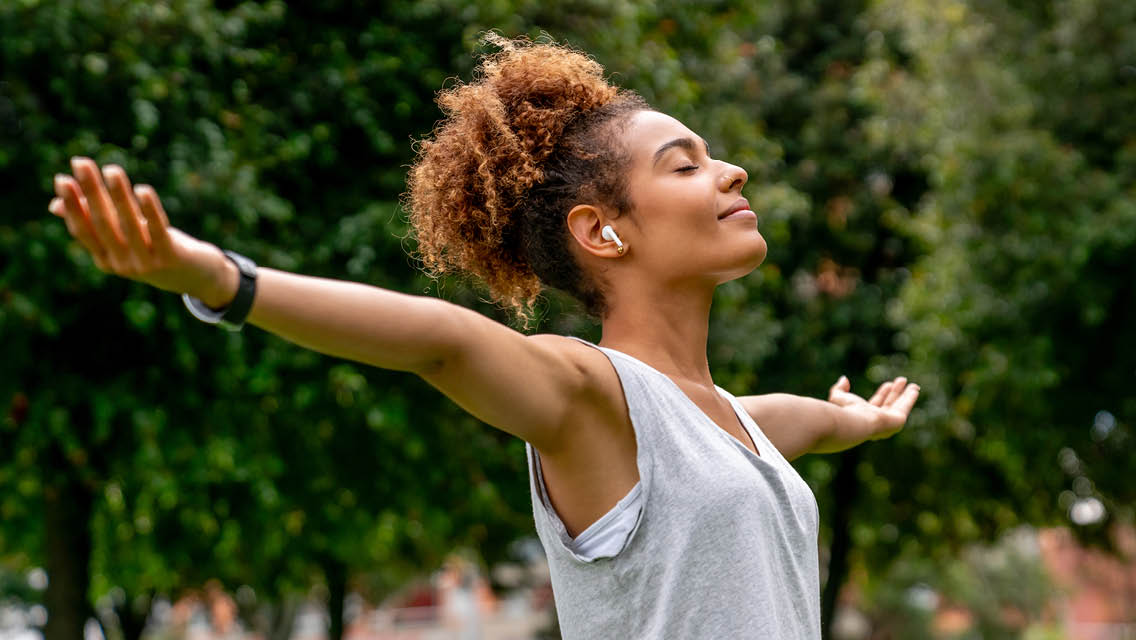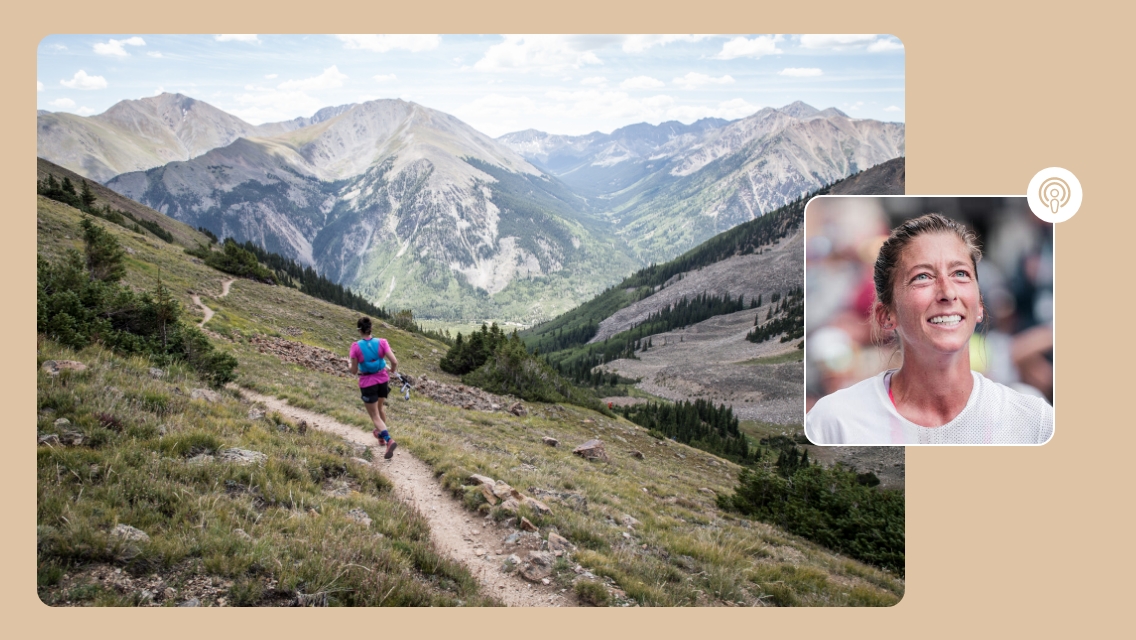When I was about 15 years old, I became minorly obsessed with the saying “When the student is ready, the teacher will appear.” Though no one knows the quote’s true origin, I encountered it in some tome on Arthurian legend.
Neck-deep in teenage hormones and a swamp of uncomfortable emotions, I felt constantly adrift and on the verge of drowning. In the ’90s, mental health issues weren’t as easy to discuss as they are now. Rather than ask for help, I plastered a smile to my face and instead wished for help.
I dedicated myself to being the kind of student who could attract my own personal Merlin. I wanted nothing more than to meet someone who could reveal my innate strengths for me. Someone who could help me step into my power and discover my true best self.
In the more than 25 years since, I have met many incredible teachers. But no singular wizard-like sage ever appeared to make my wish of self-actualization come true. As it turned out, that is something that is bestowed not from the outside in but from the inside out.
In 2013, I began practicing the tenets of intuitive movement: meeting myself where I am in the moment, applying intentional stress without ego or judgment, and implementing biofeedback tests to develop greater intuitive awareness.
Since then, I have discovered reserves of strength (literal and metaphorical) that I didn’t know existed. And I have built on that power, becoming not my “best” self but simply more myself. There is an ease in existing as myself that I could not have imagined at 15.
Which is not to say there aren’t challenges. Life is hard. The outside world is full of tragedy and sorrow and pressure to look, act, think, and be a certain way. On the inside, hormones and emotions aren’t always harmonious.
The wisdom that comes through the body isn’t a panacea. Moving intuitively won’t cure all our ills or make our problems disappear.
For me, honoring my intuition through movement has made it possible to sit with, and move through, the hard stuff — in and out of the gym.
This past year included some big hard things: competing in a hybrid-fitness competition, traversing the Grand Canyon from the North Rim to the South Rim, writing a book, and saying goodbye to my father. It also included some little hard things, such as grappling with my distaste for getting sweaty outdoors (which is hilarious given my proclivity for outdoor adventuring and the incredible benefits of taking fitness outside, which you can learn more about at “Looking to Improve Your Endurance and Athletic Performance? Try Building Your Heat Tolerance“).
Tuning in to my body, noticing the signals that come through, and letting them inform — but not necessarily dictate — my decisions and behaviors has been a life-changing skill.
If I could reassure my 15-year-old self of anything, it would be that when she is ready, she’ll find her best teacher within herself.
5 Lessons of Intuitive Movement
I’ve learned many life lessons through moving my body. These five rise to the surface today.
1) Getting started is the hardest part. I’m a master procrastinator, even concerning things I love. Committing to just taking the first step — doing “just 10 minutes” — is usually enough to either get over the hump of internal friction or confirm my hunch to do something else instead.
2) Even when it’s hard, I can keep moving. Doing the hard thing doesn’t have to be synonymous with suffering. Meeting my body where it’s at, rather than trapping my focus on where I want it to go, opens my eyes to opportunities for agency and growth and lightness in the moment.
3) Progress isn’t linear. At the start of my fitness journey, I wanted to see straight lines on my progress graphs. Now I view my experiences as spirals. Yes, sometimes I feel like I’m treading the same paths, revisiting the lessons I thought I’d already learned. But when I settle myself and look closely, I can see the path is never exactly the same — and neither am I.
4) This, too, shall pass. Everything is temporary — the good, the bad, the ugly, and everything in between. I remind myself to relish what feels good, not get too hung up on what’s challenging, and avoid getting too attached to anything.
5) It’s supposed to be hard. From our muscles to our brains, everything in the human body is built to adapt. Intuitive movement isn’t about taking the easy way out or avoiding discomfort; it’s about applying and integrating stress intentionally in doses that can be reconciled and integrated.





This Post Has 0 Comments